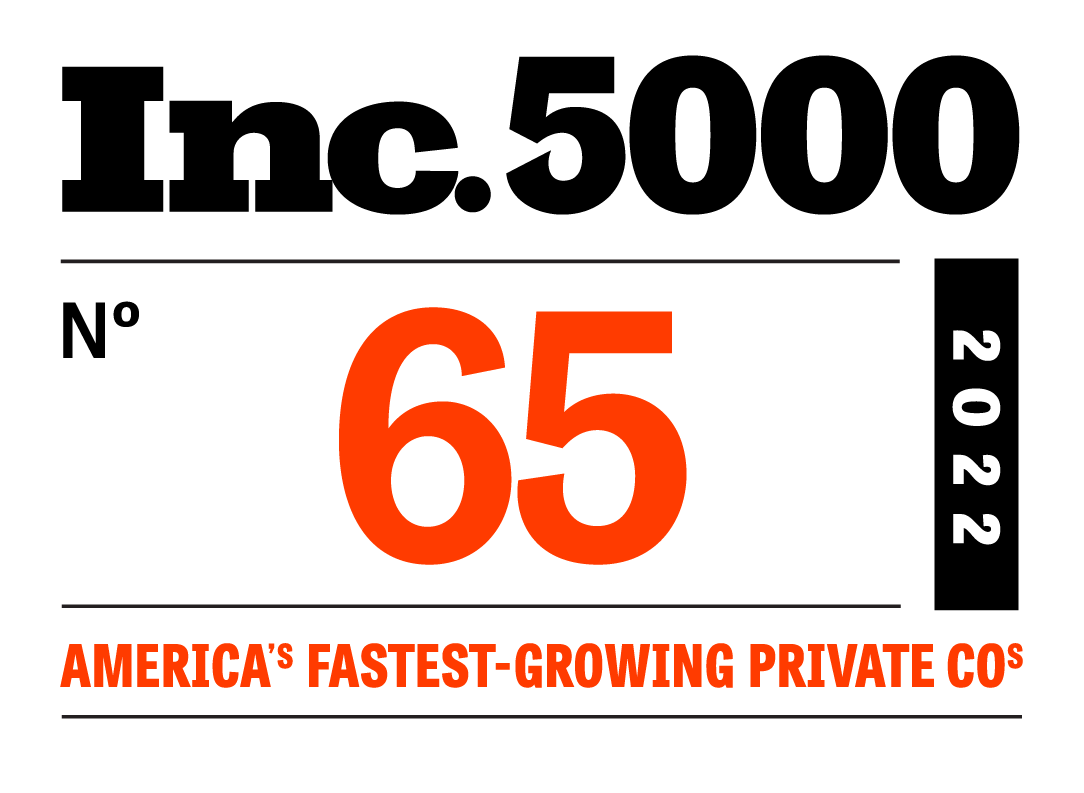
Over two rounds of funding, Congress has directed the SBA to disburse nearly $670B to small businesses in the form of fully-guaranteed loans—and that money is almost all gone.
Getting from legislation to relief was a nightmare in its own right, complete with political brinkmanship, insufficient and scattered guidance from the SBA and Treasury Department, and a less-than-efficient roll out that could only be achieved by government agencies.
Unfortunately, it was largely small businesses who felt the pain of this less-than-streamlined Paycheck Protection Program.
As banks and credit unions worked overtime, through weekends and holidays, to understand and incorporate SBA and Treasury guidance, many businesses were left wondering why it’s so hard to get the relief they so desperately need, and who was at fault for the slow down.
Of course, this created an opportunity for many regional and community institutions, who for years had seen declines in small business banking. As megabanks struggled to cope, many smaller institutions and forward-thinking regional ones worked with fintechs like ours to implement technology that could speed the application and approval process and helped get nearly $16B disbursed to companies representing some 2.2M Americans.
As Cornerstone Advisors’ Ron Shevlin pointed out in his piece for Forbes, PPP was the opportunity regional and community lenders had been waiting for: a chance to flex their service muscles and to be true partners for businesses that were struggling to get PPP loans from larger institutions.
Now, with forgiveness, banks and credit unions are faced with a new opportunity—one that will determine whether PPP borrowers become long-term customers or if they’ll return to the megabanks from whence they came. The outcome, largely, will be determined by whether or not Forgiveness turns into a nightmare of its own.
PPP Forgiveness and 4 ways in which it can quickly become a nightmare
As a company that has worked extremely closely with our customers throughout PPP, the effort put forth by banks and credit unions cannot be understated. Financial institutions have spent countless hours, rededicated entire regions, and invested in new technologies to get money out to businesses in need as fast as they possibly could.
Unlike PPP originations, forgiveness isn’t a typical product that these financial institutions deal with and therefore will require a new approach from lenders if they don’t want forgiveness to turn into a nightmare.
Consider the following:
- Lenders have little financial incentive when it comes to forgiveness. Financial institutions that participated in PPP lending benefit from the program, monetarily, in two ways: 1) they’re partially reimbursed by the SBA for 5 percent of the PPP loan value and 2) they’ll make upwards of a 1 percent return on any portion of the loan that isn’t forgiven by the SBA. Keeping bankers engaged and motivated could prove difficult, especially as many have been working overtime throughout origination. However, the operational risk associated with keeping these loans on their balance sheet actually outweighs any sort of financial gain they’d receive from them, and this is where the incentive for the lender lies with forgiveness. Unfortunately, forgiveness isn’t all that easy.
- Forgiveness is far more complicated than origination. Extending PPP loans to borrowers is right in the wheelhouse of a bank or credit union. After all, lending capital is what they do. But there isn’t necessarily an analogous function for lenders when it comes to forgiveness—banks and credit unions typically don’t hire employees to find ways to get loans canceled for borrowers. (In fact, the closest function might be refinancing.) For the borrower, forgiveness is a complicated process too, akin to doing one's taxes or filing a lengthy expense report. Borrowers are expected to take on most of the risk, in that they’re responsible for calculating how much of their loan is eligible for forgiveness, with the bank playing a validation role. This creates the environment for lengthy and resource-draining customer service encounters. Banks simply can’t afford to have their best bankers being bogged down by forgiveness, as they try to return to non-PPP business.
- Demand for Forgiveness will be rolling and could last through the end of the year. Unlike with PPP originations, banks and credit unions won’t see a crush of demand in a short period of time for forgiveness. Rather, it will be a rolling demand that could go on for months, with lenders unable to predict when spikes in demand will come. This is important because it means these institutions can’t reallocate human capital within their institutions toward forgiveness efforts in the same way they did for PPP origination.
- Borrowers will struggle with the SBA forgiveness application and will require more hand-holding than a typical customer engagement. The SBA forgiveness application is 11 pages in total, with four pages of instructions, two pages of calculations, a page of certifications, and a page to submit optional demographic information. Borrowers will quickly discover that questions in the beginning of the application can only be answered by completing worksheets that are organized at the back of the application, and don’t even need to be submitted. Further, borrowers will be expected to provide evidence that backs up their application in the form of receipts and invoices. Compiling this information would be difficult in normal times when social distancing isn’t needed, but as we know all too well these days are anything but normal. Bankers will be working with businesses that desperately need forgiveness, but have little time to devote to the effort as they try to rapidly restart their companies.
Avoiding the PPP Forgiveness nightmare by focusing on customer experience
The Paycheck Protection Program’s roll out was an incredibly painful experience for the banks and credit unions that were charged for disbursing these loans. But however painful this experience was for bankers, it was exceptionally more painful for the businesses the relief funds were meant to aid.
As lenders prepare for forgiveness, they should be laser focused on their customer experience.
At Numerated, we’re partnering with banks and credit unions to make the SBA forgiveness application as simple as possible for our customers’ businesses. We’ve expanded our platform once more, bringing our digital application technology to PPP forgiveness and providing borrowers with a better, more logical order of operations. Our technology makes the SBA forgiveness application digital and helps borrowers by pre-filling much of the application for them.
By leveraging our platform’s technology, banks will be able to provide businesses with the easiest forgiveness experience available, that can be completed entirely online and at the borrower’s pace, all while helping banks and credit unions ensure compliance with SBA guidelines.
To learn more about how Numerated is partnering with financial institutions on PPP forgiveness, register for one of our Weekly Insight Sessions or Product Demos, today.







